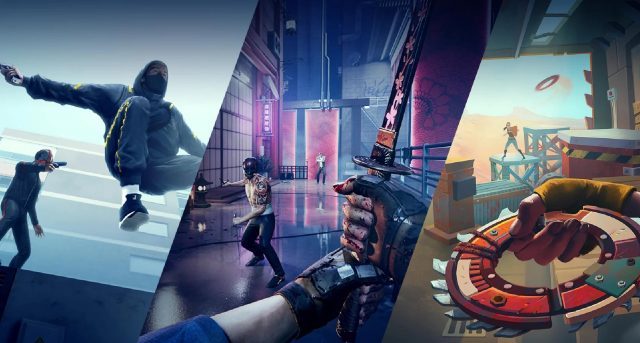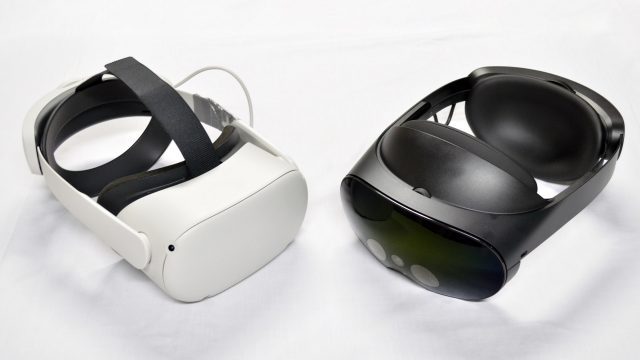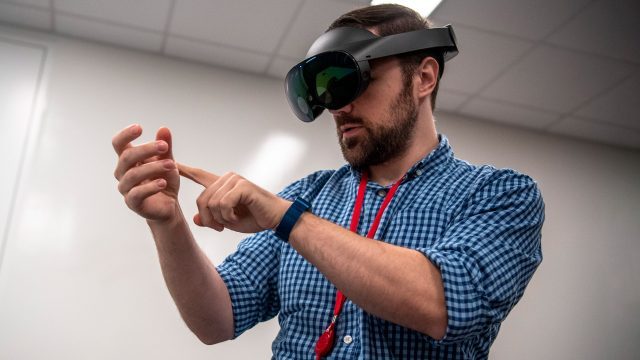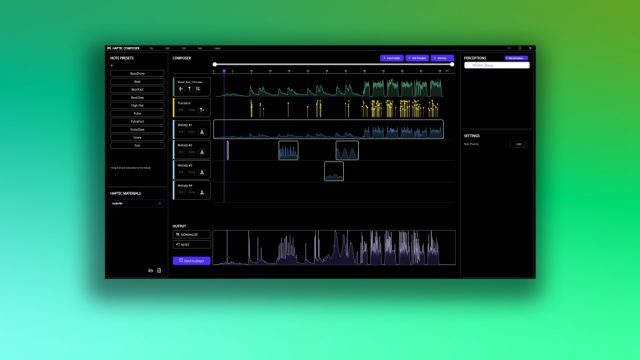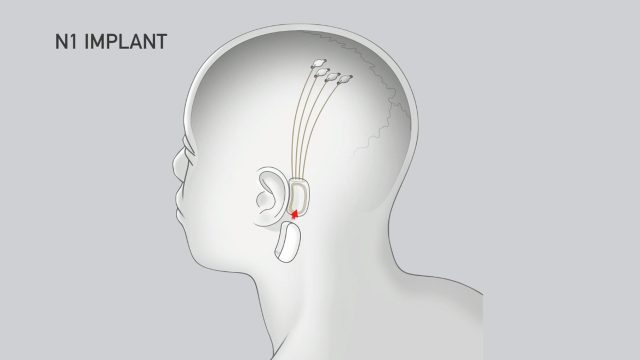‘Noun Town’ VR Language Learning App Offers Full Immersion with a Gamified Edge
Learning a foreign language typically requires some level of full immersion, meaning you spend a significant amount of time interacting with the target language in order to make the sort of transformative gains that allow you to function effortlessly in normal, everyday situations. That’s where Noun Town comes in, a gamified VR app that offers basic immersive instruction in six major languages, letting you interact with over a dozen NPCs who speak the lingo.
No Plans for ‘Fortnite’ VR Support, Says Epic Games CEO Tim Sweeney
Fortnite doesn’t natively support VR headsets, and although rumors have been floating around recently that allege the popular battle royale shooter may eventually include a VR mode, Epic Games CEO Tim Sweeney says it’s not happening.
‘Drop Dead: The Cabin’ Aims to Bring ‘COD Zombies’ Style Co-op to Quest in February 2023
SoulAssembly announced it’s getting ready to release the long-awaited COD Zombies-inspired co-op shooter, called Drop Dead: The Cabin, which is now slated to release on Quest in February 2023.
Joy Way Reveals New High-flying VR Games ‘Red Flowers’ & ‘Stack’, Release Date for ‘Stride’ Story Mode
Joy Way, the studio behind Stride and Against, announced it has two new VR games in the works that both appear to make good use of its fast-paced locomotion systems. The studio also announced we’re very close to finally getting a story mode to Stride, called Fates, which is coming to the game this month.
‘Attack on Titan VR’ Game Announced from ‘Little Witch Academia VR’ Developer
Attack on Titan is one of those IPs that people have long asked to see in VR… and now they’ll finally get their wish. Today it was announced that UNIVRS is developing the first official Attack on Titan VR game for home headsets, Attack on Titan VR: Unbreakable.
Anticipated PC VR Title ‘Vertigo 2’ Gets Early 2023 Release Date & New Gameplay Trailer
Vertigo 2 has been on our radar thanks to its slick unique world and slick-looking weaponry. While we still have a little longer to wait before we’ll get to play it, today the studio announced an early 2023 release alongside a fresh look at gameplay.
‘Hubris’ Review – Visually Stunning VR Shooter That Just Misses the Mark
Hubris should be what we’ve all been waiting for, a visually well-realized VR native that transports you to otherworldly biomes, replete with shooting, jumping, climbing, swimming, and even some basic crafting mechanics. On paper it certainly checks many of the sci-fi shooting and adventuring blocks, but look past the flashy visuals and apparent feature set and you’re left with a fairly mediocre VR shooter that just isn’t clever enough out of the gate to be truly engaging.
Indie VR Gem ‘COMPOUND’ Set to Release on Quest 2 Next Week
First released in early access on Steam in 2018, VR roguelite COMPOUND hit its 1.0 release on PC VR earlier this year and is now set to launch on Quest 2 for the first time next week on December 8th.
Razer Launches Free Haptic Authoring Tool for Quest, PS5, & More
Razer, the popular peripheral company, today announced the free release of the Interhaptics haptic authoring tool which is designed to make it faster and easier for developers to create compelling haptic effects for multiple haptic devices.
‘Super Smash Bros’ Creator Masahiro Sakurai Says VR is “Truly the perfect fit” for Some Games
In his video series introducing aspiring developers to the basics of game development, Super Smash Bros creator Masahiro Sakurai recommends viewers give VR a try to understand what it does uniquely well.
Neuralink “Show & Tell” Coming on November 30th, Hints at Thought-controlled Typing
Elon Musk’s brain-machine interface (BMI) company Neuralink has been fairly quiet since it last showed off a live trial of the company’s implant in a macaque early last year. Although originally scheduled for October 31st, Musk says a “show & tell” update is coming on November 30th.




